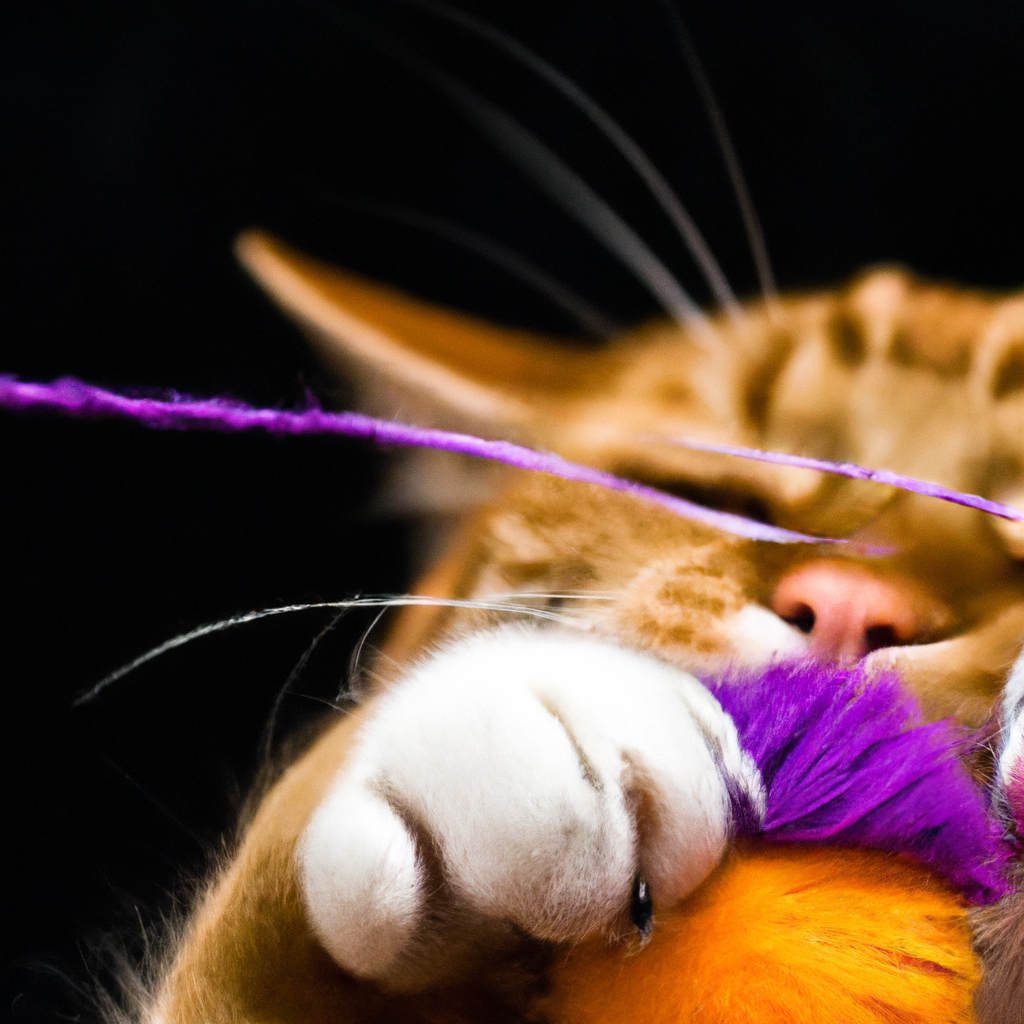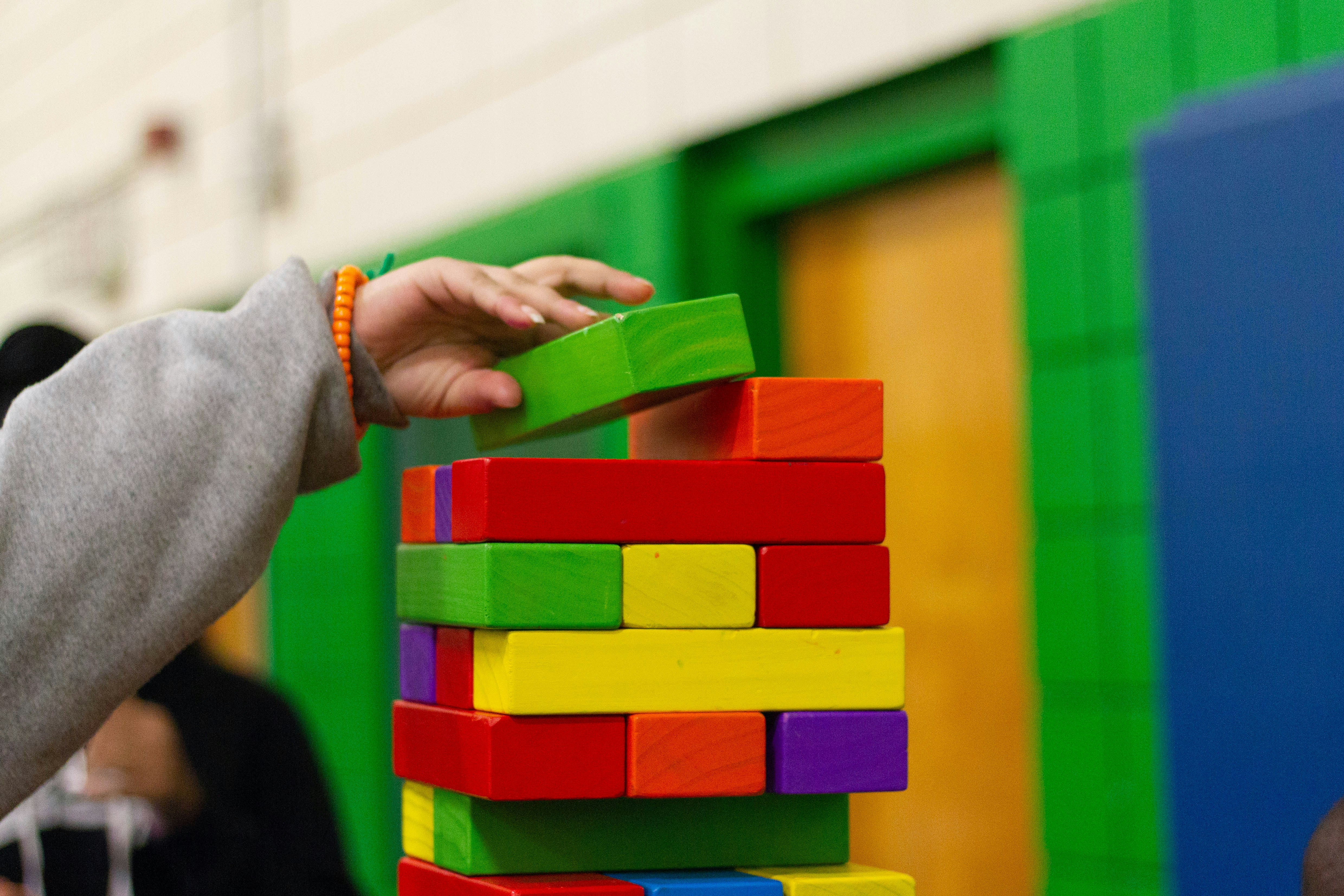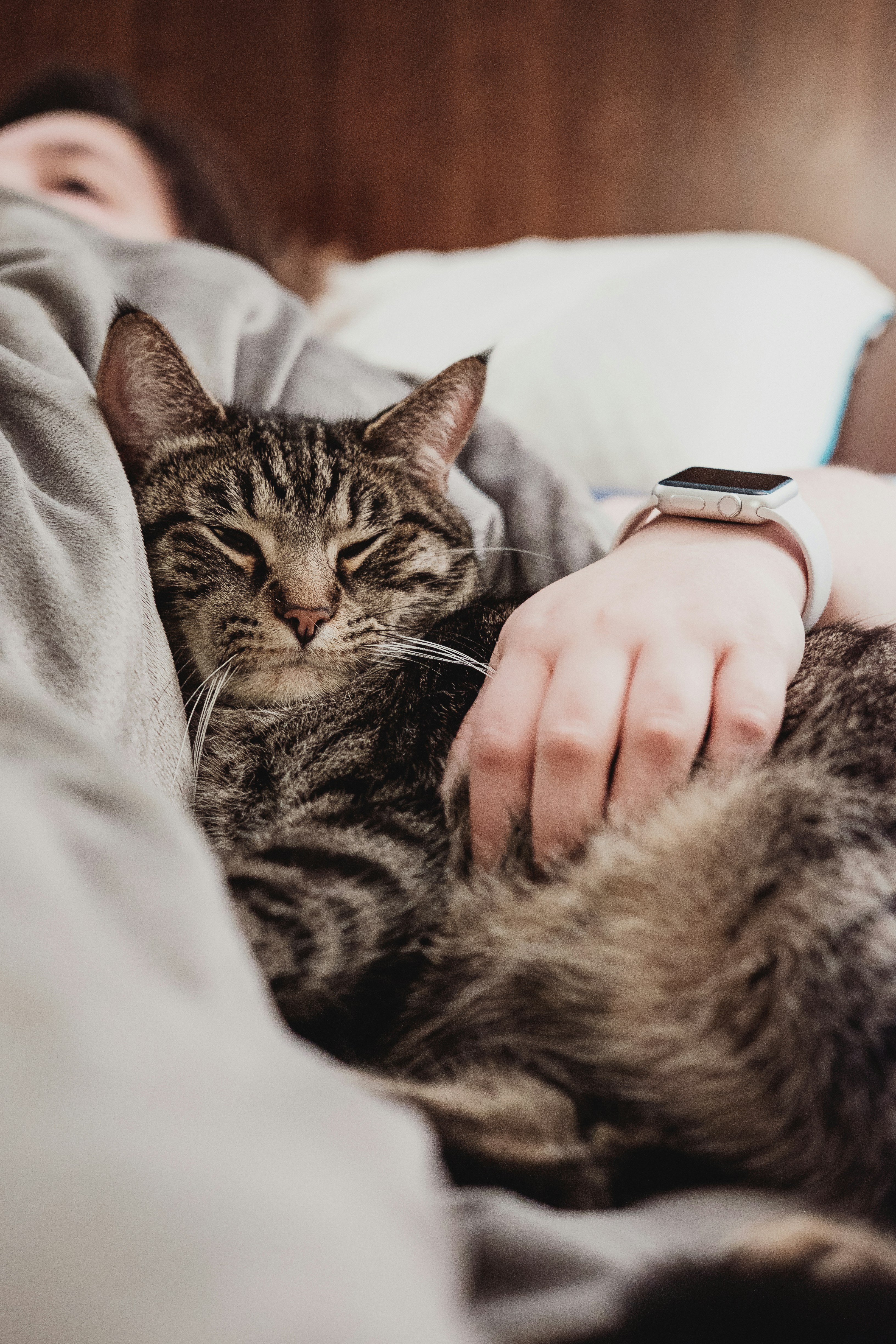You love watching your cat play, observing its graceful movements and playful spirit. However, you’ve noticed that sometimes during these exuberant moments, your cat emits a hissing sound. This peculiar behavior has left you wondering: do cats hiss when they play? In this article, we will explore the fascinating world of feline playfulness, uncovering the reasons behind their occasional hissing and shedding light on their delightful antics.
Understanding the Behavior of Cats
Cats are fascinating creatures known for their unique behaviors and vocalizations. One of the most commonly recognized vocalizations in the cat world is hissing. Hissing can be a puzzling behavior for cat owners, and understanding its significance is crucial for building a strong bond with your feline companion. In this article, we will explore the different types of vocalizations in cats, delve into the reasons behind hissing, and examine the role hissing plays in cat communication.
Types of Vocalizations in Cats
Cats have a wide range of vocalizations that they use to express their needs, emotions, and desires. From purring and meowing to chirping and growling, each vocalization serves a purpose. Understanding these different sounds is key to deciphering what your cat is trying to communicate.
Why Do Cats Hiss?
Hissing is a vocalization commonly associated with fear, aggression, or a strong sense of discomfort. When a cat feels threatened or endangered, their instinctual response may be to hiss as a warning sign to potential threats. This hissing behavior serves as a self-defense mechanism, designed to intimidate and deter any possible danger.
Do Cats Hiss Only When They Are Angry?
Contrary to popular belief, hissing is not limited to situations of anger or aggression. Cats may also hiss when they feel anxious, scared, or overstimulated. For example, during play, a cat may become overwhelmed with excitement, leading them to hiss as a way of expressing their discomfort or need for a break. It’s important to remember that cats are complex creatures with a wide range of emotions, and their hissing behavior should be interpreted within the context of their overall body language and vocalizations.
The Significance of Hissing in Cat Communication
Hissing plays a crucial role in cat-to-cat communication. When cats encounter each other, whether they are familiar or unfamiliar, hissing can be a way for them to establish boundaries and communicate their intentions. It serves as a warning signal, indicating to other cats that they should proceed with caution or back off. Hissing can also be a form of defense when a cat feels their territory is being invaded.
The Play Behavior of Cats
Cats are instinctive hunters and their play behavior closely mimics their hunting techniques. Understanding the characteristics, play signals, and postures exhibited by cats during play can help cat owners better interpret their feline friend’s behavior and ensure a safe and enjoyable playtime.
Characteristics of Cat Play Behavior
Cat play behavior is typically characterized by quick and agile movements, pouncing, and stalking. When engaging in play, cats may exhibit bursts of high energy, followed by periods of rest and relaxation. Understanding these play patterns can help cat owners differentiate between playful behavior and aggressive displays.
Cat Play Signals and Postures
During play, cats may use a variety of signals and postures to communicate their intentions. These signals can include tail flicking, kneading, and chirping sounds. It is important to pay attention to the subtle nuances of your cat’s body language during playtime to ensure a positive and non-threatening environment.
Common Sounds During Cat Play
While hissing during play is not as common as during moments of fear or aggression, there are other sounds that cats may produce during play. These can include growling, chirping, or even loud vocalizations resembling screams. These vocalizations are typically harmless and serve as a natural part of the play behavior.
Hissing During Cat Play
Although hissing during play might seem contradictory, it can occur in certain situations. Cats may hiss during play when they become overstimulated, scared, or when play escalates into a more aggressive form. recognizing the underlying reasons for hissing during play is crucial for providing appropriate interventions to ensure a safe and positive play experience for both the cat and their human companions.
Exploring the Reasons Behind Hissing During Play
To better understand why cats hiss during play, we need to delve into their natural instincts, territorial behaviors, and aggression thresholds. By exploring these factors, cat owners can gain valuable insights into their cat’s behavior and make informed decisions to enhance their play experiences.
Natural Instincts and Hunting Behavior
Cats are natural hunters, and their play behavior reflects this innate drive. During play, cats may exhibit behaviors such as pouncing, chasing, and mock hunting. However, certain play activities may trigger a heightened sense of arousal, leading to hissing as a way for the cat to express their discomfort or overstimulation.
Territorial Instincts and Dominance
Territorial instincts play a significant role in a cat’s behavior, even during playtime. Cats may hiss when they feel their territory is being invaded or when engaging in competitive play with other cats. Hissing can be a way for cats to establish dominance or express their need for personal space.
Overstimulation and Aggression Threshold
Cats have different levels of tolerance when it comes to play behavior. Some cats may have a lower aggression threshold, leading them to hiss when they feel overwhelmed or overstimulated during play. Understanding your cat’s individual limits and respecting their boundaries is key to maintaining a healthy play environment.
Fear and Anxiety During Play
Just like humans, cats can experience fear and anxiety. Certain play activities or unfamiliar environments may trigger these emotions, causing a cat to hiss as a defense mechanism. Recognizing signs of fear or anxiety during play and providing a reassuring and calm environment can help alleviate these negative emotions and promote a more enjoyable play experience.
Cat Play or Aggression?
Differentiating between play behavior and aggression can sometimes be challenging, as certain behaviors may overlap. However, understanding the distinguishing factors can help cat owners appropriately respond to their cat’s cues and ensure a safe and enriching play environment.
Signs of Aggressive Behavior
Aggressive behavior in cats can include biting, scratching, growling, and intense staring. These behaviors are often accompanied by a tense body posture, dilated pupils, and flattened ears. When play escalates into aggression, it is important to intervene and redirect the behavior to prevent any harm or injury.
Seeking Veterinary Advice
If you are unsure whether your cat’s behavior during play is playful or aggressive, consulting with a veterinarian can provide valuable insights. A veterinarian can evaluate your cat’s overall health, behavior patterns, and help determine if any underlying medical conditions may contribute to their play behavior or aggression.
Tips for Managing Aggressive Play
If you have identified that your cat’s play behavior is becoming aggressive, there are several strategies you can implement to manage and redirect their behavior. These include providing appropriate outlets for predatory play, using interactive toys to engage your cat’s hunting instincts, and ensuring a calm and stress-free environment during playtime.
The Limits of Hissing During Play
While hissing during play can be a normal part of a cat’s communication, it is crucial to recognize when hissing becomes a genuine warning sign of escalating aggression. Understanding the limits of hissing can help cat owners take immediate action to de-escalate play aggression and ensure the safety and well-being of all parties involved.
When Hissing Is a Genuine Warning Sign
Hissing during play may become a genuine warning sign when it is accompanied by other aggressive behaviors such as growling, biting, or scratching. It is important not to ignore or dismiss these warning signs, as they indicate that the play has become too intense or aggressive.
Recognizing Escalating Play Aggression
Recognizing the signs of escalating play aggression is crucial to intervene promptly and prevent any harm or injury. These signs can include increased vocalizations, more intense biting or scratching, and a progressive escalation in body language signals such as raised hackles or a puffed-up tail.
Steps to De-escalate Play Aggression
When play aggression occurs, it is important to take immediate steps to de-escalate the situation. This can include redirecting the play onto appropriate toys or objects, providing a safe retreat for your cat, or engaging in interactive play to channel their energy in a positive way. It is essential to remain calm and avoid any punishment as it may escalate the aggression further.
When to Intervene and Redirect Play
As a cat owner, it is crucial to know when to intervene and redirect play behavior. If you notice signs of discomfort or escalating aggression, it is important to step in and provide alternatives for play, such as interactive toys or engaging in gentle play sessions. This helps redirect their energy and prevent further escalation.
Understanding and Responding to Cat Play
Understanding and interpreting cat behavior is vital for creating a strong and meaningful bond with your feline friend. By observing their body language, vocalizations, and play preferences, cat owners can better respond to their needs and provide an enriching play experience.
Importance of Observing and Interpreting Cat Behavior
Observing and interpreting your cat’s behavior is key to understanding their individual play style and needs. Paying attention to cues such as ear positions, tail movements, and vocalizations can provide insights into their emotional state and help you tailor play activities accordingly.
Providing Appropriate Play Outlets for Cats
To maintain a healthy and fulfilling play experience, it is essential to provide appropriate play outlets for your cat. This can include a variety of toys that stimulate their natural hunting instincts, such as interactive puzzle toys or wand toys that mimic prey movements. Ensuring a variety of play options can keep your cat engaged and satisfied.
Positive Reinforcement and Reward-Based Training
Using positive reinforcement techniques during play can enhance your cat’s enjoyment and strengthen the bond between you and your furry companion. Offering treats or praise when engaging in desirable play behavior can encourage your cat to repeat those behaviors, creating a positive association with playtime.
Seeking Professional Help if Needed
If you are struggling to manage your cat’s play behavior or are concerned about aggression, seeking professional help from a certified animal behaviorist or veterinarian with specialized knowledge in feline behavior can provide invaluable guidance. They can assess your cat’s individual needs and provide tailored recommendations to address any behavior concerns.
Creating a Safe and Enriching Play Environment for Cats
Creating a safe and enriching play environment is essential for promoting your cat’s overall well-being and happiness. Implementing a few simple strategies can help ensure that your cat’s play needs are met and that they have a balanced and stress-free lifestyle.
Interactive Toys and Play Sessions
Providing a variety of interactive toys can keep your cat mentally stimulated and physically active. Toys that mimic prey movements, such as feather wands or laser pointers, can engage your cat’s natural hunting instincts and provide a fun and challenging play experience.
Designing a Cat-Friendly Home Environment
Designing a cat-friendly home environment is essential for creating a safe and enriching play space. Incorporate vertical spaces, such as cat trees or shelves, where your cat can climb and observe their surroundings. Additionally, ensure that your home is free from potential hazards or toxic plants that could endanger your cat during play.
Establishing a Routine and Play Schedule
Cats thrive on routine and predictability. Establishing a regular play schedule can help meet your cat’s play needs and provide structure in their daily life. Consistency and predictability help cats feel secure and reduce stress, resulting in a more fulfilling play experience.
Ensuring a Balanced and Stress-Free Lifestyle
In addition to play, it is crucial to consider other aspects of your cat’s lifestyle. Nutrition, environmental enrichment, and mental stimulation play vital roles in promoting a balanced and stress-free life for your feline friend. Providing a high-quality diet, access to clean water, and opportunities for exploration and playtime can contribute to their overall well-being.
The Importance of Socialization and Positive Experiences
Socialization and positive experiences play a crucial role in shaping a cat’s play behavior and overall well-being. Ensuring that your cat has positive interactions with humans and other animals can help foster healthy play and create a harmonious household.
Early Socialization and Its Impact on Play Behavior
Early socialization is critical in shaping a cat’s play behavior. Exposing kittens to positive experiences with humans, other animals, and various environments during their early development stages can significantly impact their play behavior and help them become well-adjusted adult cats.
Building Trust and Fostering Positive Experiences
Building trust and fostering positive experiences are key components of promoting healthy play behavior. Using gentle handling techniques, engaging in interactive play, and providing positive reinforcement during play sessions can help build a strong bond between you and your cat, enhancing their overall play experience.
Multi-Cat Households and Fostering Harmonious Play
In multi-cat households, it is important to create an environment that fosters harmonious play. Providing separate play areas, ensuring an abundance of resources such as food, water, and litter boxes, and promoting positive interactions among cats can help minimize conflicts and promote enjoyable play experiences.
The Role of Human Interaction and Play
Humans play a crucial role in a cat’s play experience. Engaging in interactive play sessions with your cat not only provides physical exercise but also strengthens your bond and enhances communication. Being actively involved in your cat’s play can help redirect any unwanted behaviors and provide positive outlets for their energy.

Recognizing Individual Cat Personalities
Just like humans, cats have unique personalities and play preferences. Respecting their individual preferences and understanding their unique play style is integral to creating a fulfilling play experience.
Respecting Individual Preferences and Boundaries
Each cat has their own likes, dislikes, and individual boundaries. It is important to respect and acknowledge these preferences during playtime. Pay attention to your cat’s cues and adjust the play activities accordingly to ensure their comfort and enjoyment.
Understanding the Unique Play Style of Each Cat
Some cats may prefer more active and vigorous play, while others may prefer gentler and quieter play sessions. Recognizing and understanding your cat’s unique play style is crucial for tailoring playtime activities to their preferences.
Tailoring Playtime Activities Accordingly
To provide an enjoyable play experience, it is important to tailor playtime activities to your cat’s individual preferences. Experiment with different toys, play styles, and durations to find what brings out the most enthusiasm and engagement from your feline friend.
Promoting a Healthy and Enjoyable Play Experience
Promoting a healthy and enjoyable play experience requires adaptability and attentiveness. By understanding and accommodating your cat’s individual needs, preferences, and limitations, you can create a play environment that promotes their physical and mental well-being while strengthening the bond between you and your cat.
Conclusion
Understanding the behavior of cats, especially their play behavior and vocalizations like hissing, is crucial for creating a harmonious and enriching relationship with your furry companion. By recognizing the various factors that contribute to hissing during play, differentiating between play and aggression, and providing an appropriate play environment, you can promote a safe, enjoyable, and fulfilling play experience for your cat. Remember, each cat is unique, so observing their individual preferences, responding to their cues, and seeking professional help when needed will ultimately contribute to a healthier and more enjoyable playtime for both you and your treasured feline friend.



